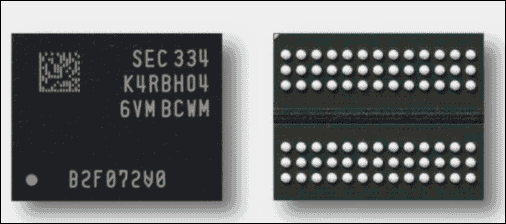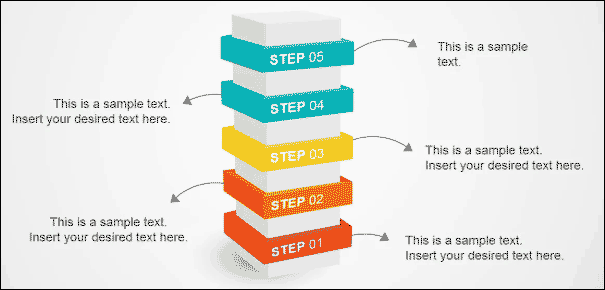As technology advances, the capacity and performance of DRAM have continuously improved, leading to the development of higher-density modules. Among the latest advancements is the 32Gbit DRAM chip, a significant leap in memory technology. This post from Partition Magic will give an introduction to 32Gbit DRAM.
Evolution of DRAM
Dynamic Random-Access Memory (DRAM) is a type of random-access memory that stores each bit of data in a separate capacitor within an integrated circuit. Unlike static RAM (SRAM), which holds data in a flip-flop, DRAM needs periodic refreshing due to its capacitor-based storage mechanism.
Over the decades, DRAM capacity has evolved from a few kilobits to gigabits, driven by the demand for more memory in computing applications. Each generational leap in DRAM capacity has been accompanied by advancements in fabrication technology, allowing more memory cells to be packed into the same physical space.
The introduction of 32Gbit (gigabit) DRAM represents a significant milestone. 32Gbit DRAM uses advanced next-generation lithography to pack more memory cells into the same physical package size as 16Gbit and 24Gbit DDR5 chips.
More cells per chip allow for greater capacity in existing memory modules such as DIMMs and SODIMMs, allowing systems to achieve higher total capacity than ever before without the use of expensive stacked DRAM (3D TSV/DDP) technology.

The technological advancement of 32Gbit DRAM cannot be separated from these important factors:
#1. Advanced Fabrication Processes
The development of 32Gbit memory has been made possible by advancements in semiconductor fabrication technology. Techniques such as extreme ultraviolet (EUV) lithography and finer process nodes allow more memory cells to be packed into a smaller area, increasing density without compromising performance.

#2. 3D Stacking
3D stacking technology involves stacking multiple layers of memory cells vertically, further increasing memory density. This approach has been crucial in pushing the limits of DRAM capacity to the 32Gbit level.

#3. Improved Materials
The use of advanced materials in DRAM manufacturing, such as high-k dielectrics and metal gate transistors, has enhanced the performance and reliability of memory cells, enabling higher densities and better energy efficiency.
Advantages and Applications of 32Gbit DRAM
The most apparent benefit of 32Gbit DRAM is the substantial increase in memory capacity. For end-users, this translates into the ability to run more applications simultaneously, handle larger datasets, and improve overall system performance.
The higher density of DRAM in 32Gbit DRAM can improve system performance by reducing the need to exchange data between RAM and storage. This is especially beneficial for memory-intensive applications such as virtualization, large databases, and scientific computing.
At the same time, modern 32Gbit DRAM modules are designed with energy efficiency in mind. They consume less power per bit than their lower capacity predecessors, helping to reduce overall power consumption in data centers and mobile devices.
These advantages enable 32Gbit DRAM to be used in a wide range of scenarios. For example:
#1. Data Centers
Data centers are among the primary beneficiaries of 32Gbit DRAM. The increased memory capacity allows servers to handle more virtual machines and containers, optimize resource allocation, and improve the performance of memory-intensive applications such as databases and big data analytics.
#2. High-Performance Computing (HPC)
HPC systems, used in scientific research, simulations, and complex computations, require vast amounts of memory to process large datasets efficiently. 32Gbit DRAM can significantly enhance the performance and capabilities of the HPC systems.
#3. Artificial Intelligence and Machine Learning
AI and ML workloads involve processing large datasets and complex algorithms, which demand substantial memory resources. 32Gbit DRAM modules provide the necessary capacity to train models faster and run more sophisticated algorithms.
#4. Consumer Electronics
High-end gaming PCs, workstations, and other consumer electronics can benefit from the increased memory capacity of 32Gbit DRAM. This translates to smoother multitasking, better performance in memory-intensive applications, and improved overall user experience.
#5. Mobile Devices
In the mobile sector, 32Gbit DRAM enables smartphones and tablets to support more advanced features, such as enhanced multitasking, higher-resolution displays, and more complex applications, while maintaining energy efficiency.
With increased capacity, enhanced performance, and greater energy efficiency, 32Gbit DRAM represents a significant advancement in memory technology, making it a versatile and valuable component in modern computing.
Bottom Line
In this post, I introduced the 32Gbit DRAM, a major leap forward in memory technology. As technology continues to advance, we can expect further increases in DRAM capacity, coupled with improvements in performance and energy efficiency.

User Comments :